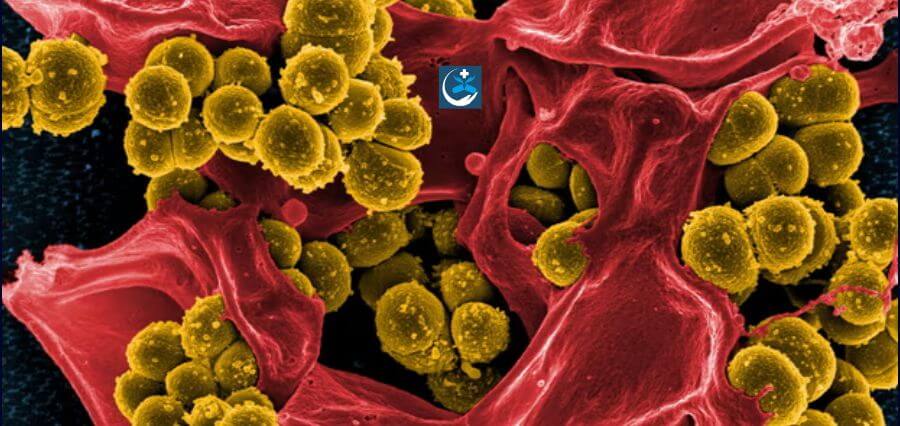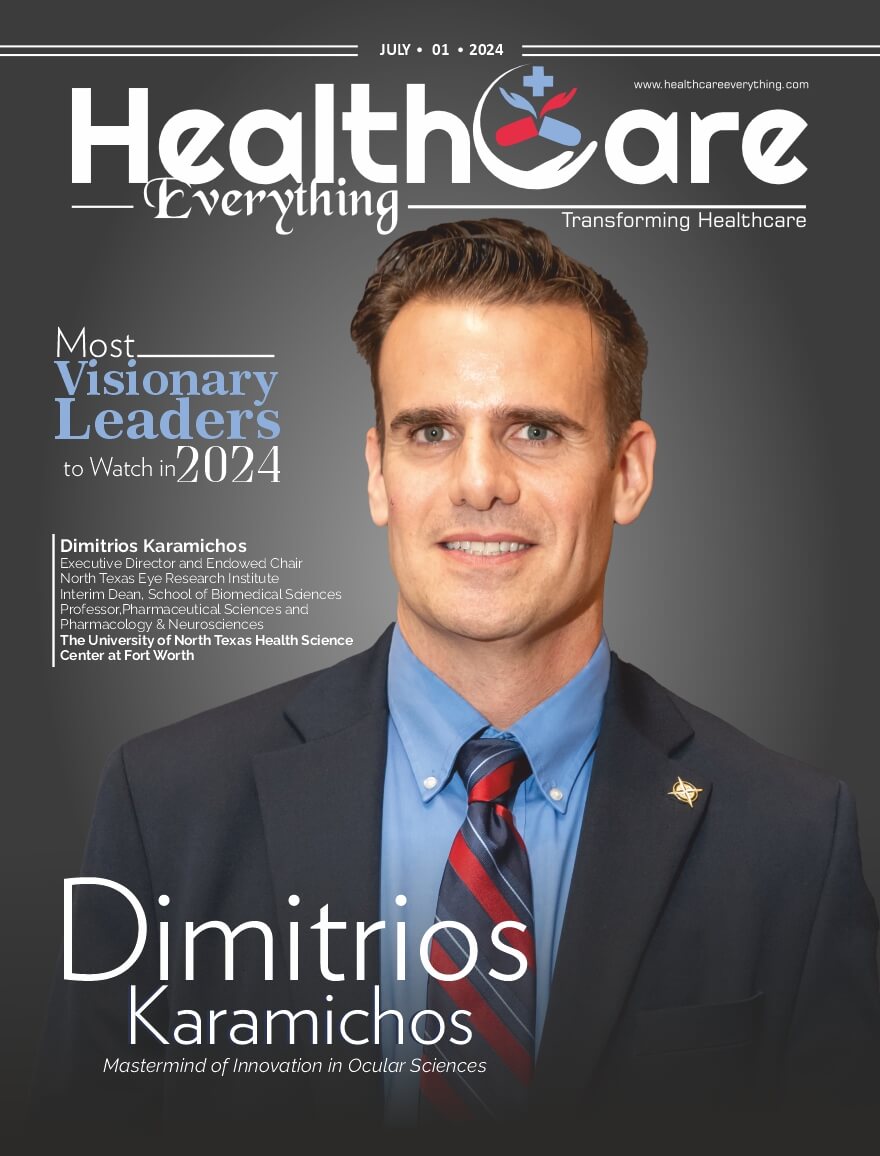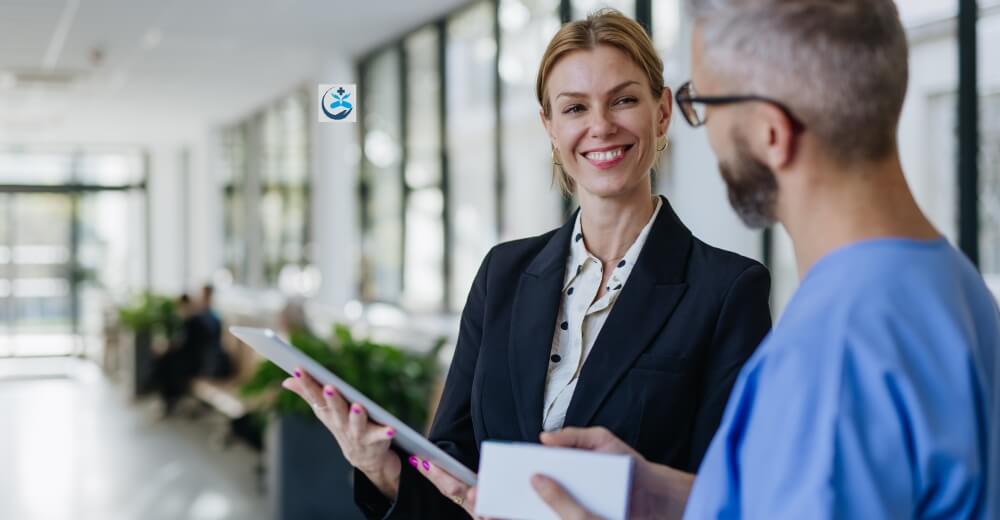Research into antibiotic resistance was accelerated when scientists employed an algorithm to mine “the entirety of the microbial diversity” on Earth.
The authors of the study claim that this represents a major advancement in the application of artificial intelligence in antibiotic resistance research. The study employed machine learning to anticipate possible novel antibiotics in the global microbiome.
According to Cesar de la Fuente, a professor at the University of Pennsylvania and one of the study’s authors, an algorithm was used to mine the “entirety of the microbial diversity that we have on earth – or a huge representation of that – and find almost 1m new molecules encoded or hidden within all that microbial dark matter.” The report was published on Wednesday in the journal Cell. The Machine Biology Group, led by De la Fuente, seeks to leverage computers to expedite biological and medical research.
According to de la Fuente, in the absence of such an algorithm, researchers would have been forced to locate molecules in samples of soil and water by using conventional techniques. Microbes are present in everything, including the human stomach and the ocean, so that can be difficult.
“Using an algorithm, we can sort through massive amounts of information and it just speeds up the process,” de la Fuente said. “It would have taken many, many, many, many years to do that.”
The author stated that since antimicrobial resistance resulted in over 1.2 million deaths in 2019, the research is vital to public health. The World Health Organization (WHO) estimates that by 2050, there may be 10 million fatalities worldwide.
De la Fuente admitted that bad actors might “develop AI models to design toxins,” even though he saw the study—which resulted in the “largest antibiotic discovery effort ever”—as a turning point in the potential advantages of AI for research. According to him, his lab has put safety measures in place to store them and make sure the molecules can’t multiply themselves. Notably, biosecurity measures were not necessary for this investigation because these were “inert molecules”.
De la Fuente stated he began utilizing artificial intelligence in antibiotics research approximately ten years ago, despite the fact that it has become a contentious topic recently.
Read More: Click Here







